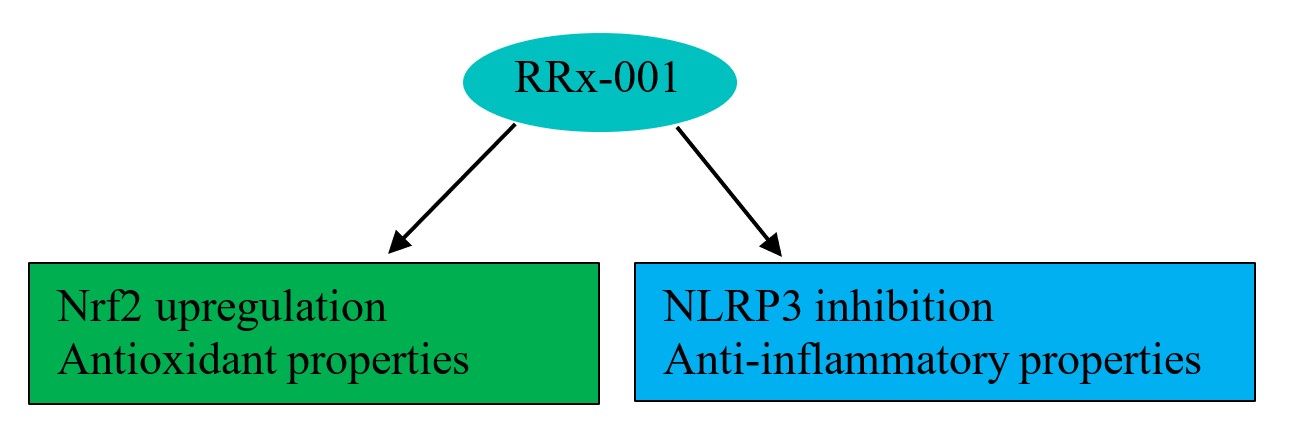
Haley Joel Osment and Bruce Willis in The Sixth Sense (1999) from IMDb: www.imdb.com/title/tt0167404/
The sixth sense.
The child actor, Haley Joel Osment, famously had it in the movie of the same name.
The phrase describes keen intuition or clairvoyance as embodied by the Haley Joel Osment movie character who, it is revealed at the end, communicates with a ghost in the person of Bruce Willis. (Sorry, no spoiler alerts for a movie that is over 20 years old.)
By contrast, the “cys sense” is used to describe the affinity of the small molecule, RRx-001, for an important sulfur (S)-containing amino acid called cysteine, cys for short, that is found in many proteins. In fact, the affinity of RRx-001 is for a particular type of cysteine, one that is deprotonated and negatively charged called a “thiolate”. (However, unlike cys, “thiolate” is not a semi-homonym of “sixth”). By the way, a thiolate is written chemically as R⎯S–. (Just as an FYI, when it comes to sulfur (S) chemistry, we don’t assume prior knowledge in this blog because, to paraphrase Oscar Wilde, when you S-ume, you make an S out of you and me. That was a little chemistry play on words, in case the spelling leaves you confused. See we never S-ume!)
One of the thiolates that RRx-001 binds to is on a protein called the NLRP3 inflammasome. When RRx-001 binds to this thiolate it inhibits the activity of the NLRP3 inflammasome. NLRP3 inhibitors like RRx-001 have potent anti-inflammatory properties because the NLRP3 inflammasome governs inflammation. Inflammasome activation and inflammation are beneficial to a point—but only to a point—as a mechanism to defend against infections and tissue damage. The point of no return is when the inflammasome activation becomes chronic and disease and dysfunction result. Chronic inflammasome activation is linked to the development and progression of an alphabet of diseases from A (asthma and atherosclerosis, for example) to Z such as zoster-related pain. Accordingly, RRx-001, as an NLRP3 inflammasome inhibitor, is broadly active against this A-to-Z list of diseases.
Another thiolate that RRx-001 binds to is on the protein called KEAP1. The importance of KEAP1 is that it inhibits the activity of the antioxidant powerhouse called Nrf2. RRx-001 binds to and disables KEAP1, which frees up Nrf2 to orchestrate the removal of damaging free radicals. Like inflammation, free radicals are beneficial in small doses and for a short time. The point of no return also occurs when the formation of free radicals is continuous, rather than intermittent, so that their levels exceed levels of antioxidants, which normally quench or scavenge free radicals. If this unbalanced situation continues for a long enough time, the inevitable result is tissue damage, dysfunction, and disease. As an NLRP3 inflammasome inhibitor and Nrf2 activator (because it inhibits KEAP1, both directly and indirectly), RRx-001 is a dual anti-inflammatory and antioxidant agent. This is illustrated in the figure below.

Figure 1: RRx-001 is a dual anti-inflammatory and antioxidant agent
For more in-depth coverage of the dual NLRP3 and Nrf2-based mechanism of action of RRx-001, link to this comprehensive review authored by NLRP3 inflammasome and Nrf2 researcher, Dr. Richard Gordon, from the Queensland University of Technology Centre for Microbiome Research (CMR) in Brisbane, Australia.
To sum up, the iconic catchphrase spoken by Haley Joel Osment from the Sixth Sense movie is, “I see dead people”. For RRx-001, because of its cys sense, which leads to the binding and inactivation of specific key cysteines or thiolates, that line could read, “I see dead proteins”.
